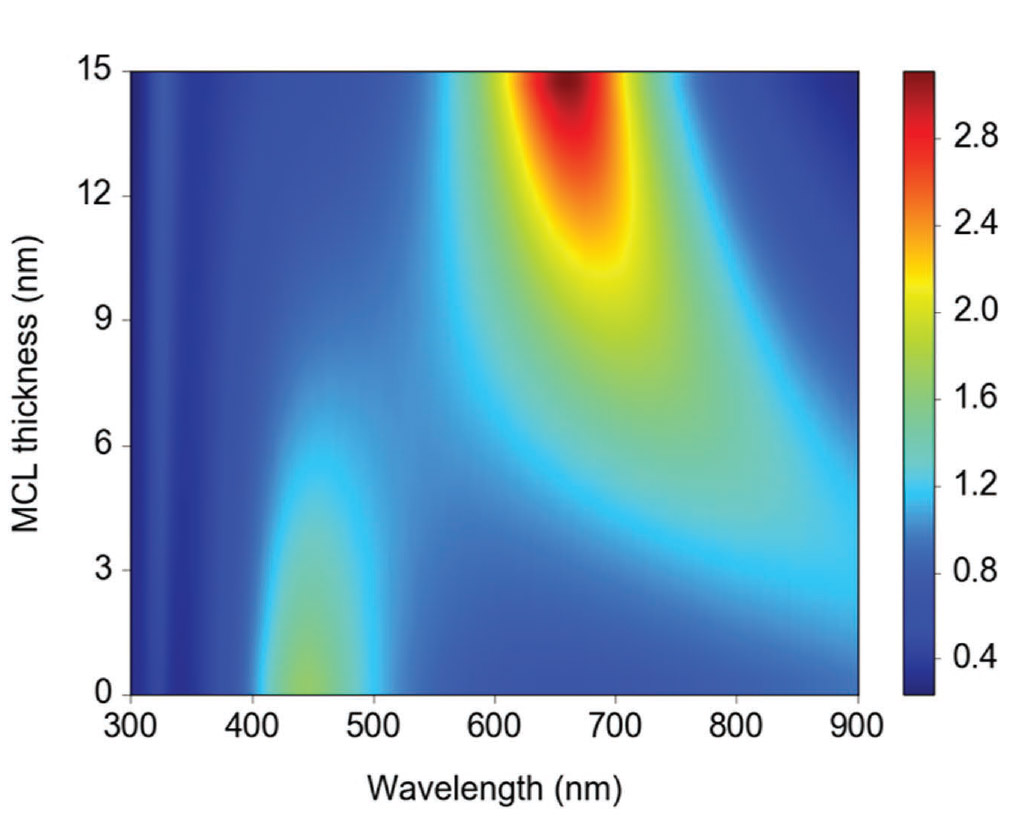22 May 2017
Solar cells tend to achieve their maximum light to electricity conversion with a few hundred micrometer thick, mostly silicon based, devices. To reduce the quantity of active material needed, thin film photovoltaic (PV) technologies as the organic, quantum dot or perovskite based were developed. However, the efficiency in photon absorption remains well below the desirable 100%.
Much research has been devoted in trying to develop nanostructures capable of absorbing light in a more efficient way, as for instance, multi-layer configurations of materials that may include nano-structured photonic crystals, hexagonal arrays in of nano-columns, or even embossed nano-holes in the active layer.
In a recent paper, published in Advanced Energy Materials, and highlighted by Nanotechweb, ICFO researchers Quan Liu, Dr. Pablo Romero-Gomez, Dr. Paola Mantilla-Perez, Dr. Silvia Colodrero, Dr. Johann Toudert, led by UPC Prof. Jordi Martorell, have reported on the development of an organic solar cell embedded in a novel optical cavity that combines the resonating effect of two very distinct cavities, one made with a thin dielectric layer and the other one with a thin metallic layer, both of them including a thick metallic layer at the other end. In other words, the resulting cavity is non resonant at either one of the two fundamental frequencies, but at the same time light propagation within it has a reminiscence from both resonant frequencies. By using this cavity they were able to boost the power conversion efficiency of an organic cell to 11.1%, a value never achieved before with this polymer and very close to the world record for organic cells (11.5%) which was achieved using cells that are more than two times thicker than the one used but the team at ICFO.
Light propagation in such novel cavity is analogous to the several cycles inharmonic vibration of a string during the transition of a note tapped by the right hand sustained or pulled off into a note fretted by the left hand in the two-handed tapping guitar playing technique . This is why, the optical cavity studies it is referred as the two-resonance tapping cavity (TRTC). In addition, it is also demonstrated that the energy confinement capacity provided by the TRTC remains even when the material composition is changed, and in principle, can be applied to reach efficiency limit performances for any kind of thin film photovoltaic device.

Optical cavities and power conversion efficiencies
An ICFO study implements a novel two-resonance tapping cavity architecture to improve power efficiency conversion in solar cells.

Computed field amplitude as a function of the wavelength and MCL thickness











